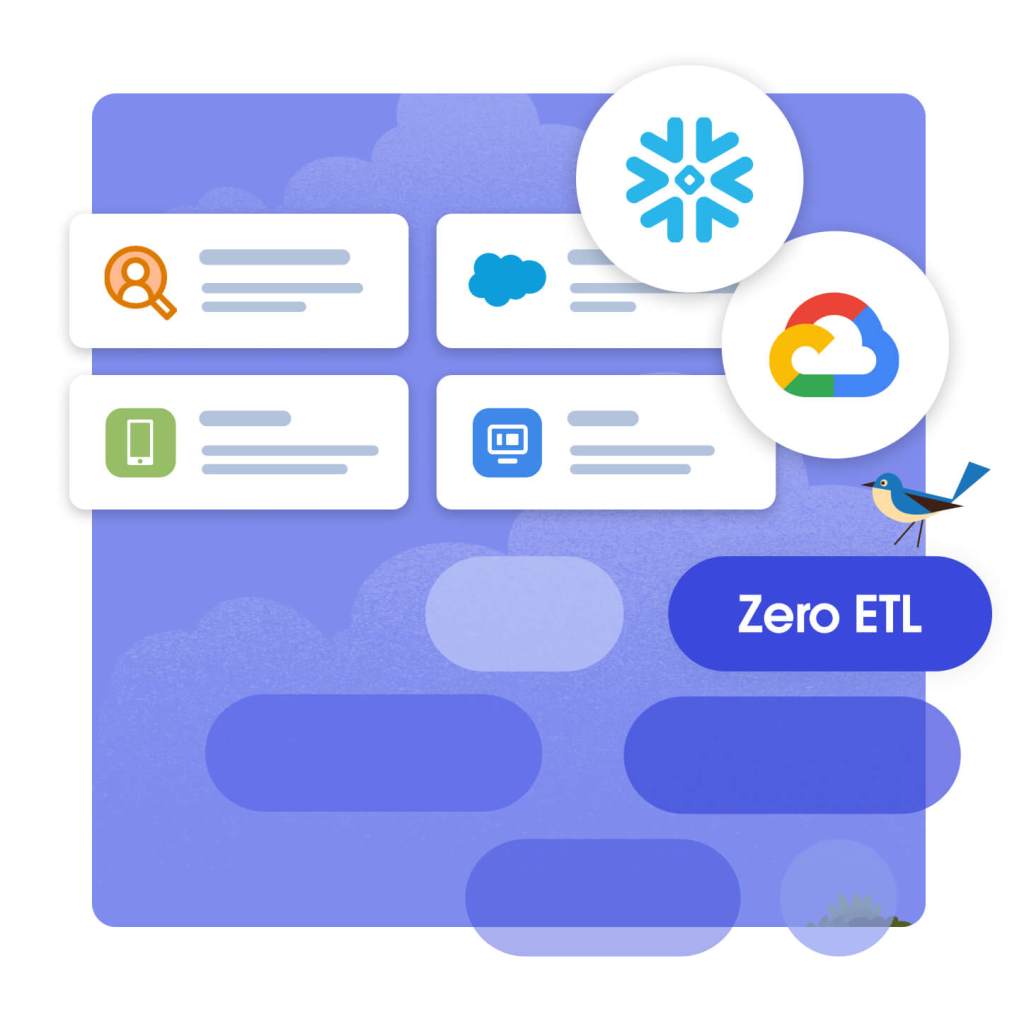A data lake is a central repository of large volumes of data that’s stored in its original form. Most of that data is raw and unprocessed. Examples include:
- Social media posts and reactions
- Images
- Sensor data
- Log files
- Financial data
- Physician’s notes
- IoT data and all kinds of text data in documents, emails, and product reviews
- And more!
Data lakes can also store structured and semi-structured![opens in a new window]() information. This data can then be processed (i.e., cleaned, organized, and transformed) and used for data analytics, AI/machine learning
information. This data can then be processed (i.e., cleaned, organized, and transformed) and used for data analytics, AI/machine learning![opens in a new window]() , and customer experience personalization.
, and customer experience personalization.
That all adds up to insights companies can use for a competitive advantage. In fact, data-leading companies![opens in a new window]() experience a whopping 89% improvement in customer acquisition and retention. Now, that’s a solid way for businesses to get ahead and stay there.
experience a whopping 89% improvement in customer acquisition and retention. Now, that’s a solid way for businesses to get ahead and stay there.
Data lakes also make data management easier. Experts estimate that unstructured data makes up 80 to 90% of all data![opens in a new window]() , meaning organizations that cannot process and analyze it aren’t getting the full picture of their business. Additionally, Forrester predicts
, meaning organizations that cannot process and analyze it aren’t getting the full picture of their business. Additionally, Forrester predicts![opens in a new window]() that the amount of unstructured data enterprises manage will double in 2024. Data lakes provide an affordable, agile environment to store all this information without having to process and structure it first – saving time and money.
that the amount of unstructured data enterprises manage will double in 2024. Data lakes provide an affordable, agile environment to store all this information without having to process and structure it first – saving time and money.
grapple with managing unstructured data, while Forrester reports 73% of enterprise data
goes unused for analytics.




